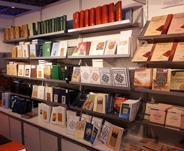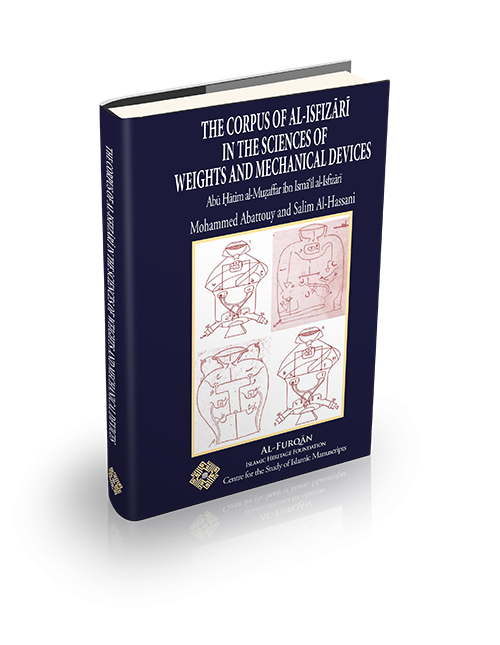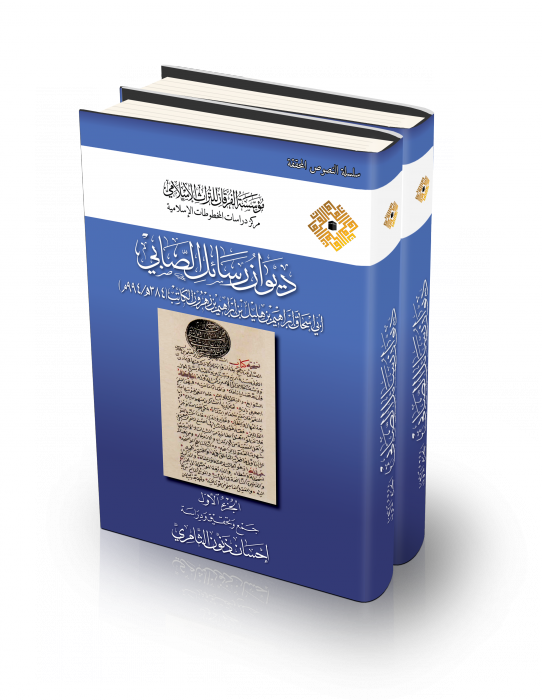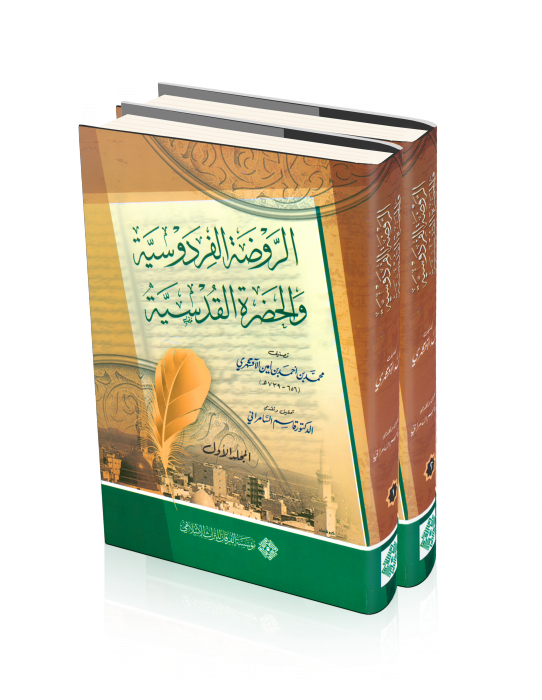The Corpus of al-Isfizārī in the Sciences of Weights and Mechanical Devices by Abū Ḥātim al-Muẓaffar ibn Ismāʿīl al-Isfizārī - English version
This critical edition of al-Isfizāri’s book deals with the field of mechanics, known by early Muslims as “the sciences of weights and mechanical devices” (‘Ilmay al-Athqāl wal-Ḥiyal). The book introduces the theory of the “steelyard” and its applications. It extensively describes and provides exhaustive details on a large group of mechanical devices. Its contents are organised into seven parts. Reading this work of Isfizāri enhances the knowledge of historians and researchers of Islamic heritage and specifically the history of Arab mechanics. It also confirms both the originality and innovative characteristics of the Arab contribution to the field of machinery in terms of using mathematics and physics in both experimentation and theory. The work demonstrates how Muslim scientists’ ventures had substantially participated in transferring and developing scientific knowledge in addition to elaborating its value from the history of technology and mechanical engineering perspective.
 Shared Knowledge
Shared Knowledge


 Nuzhat Al-Mushtāq fī ʿUlamāʾ Al-ʿIrāq
(HISTORY OF THE SCHOLARS OF IRAQ)
Nuzhat Al-Mushtāq fī ʿUlamāʾ Al-ʿIrāq
(HISTORY OF THE SCHOLARS OF IRAQ) Diwān Rasāʾil al-Sābīʾ: the Registry of al-Ṣābiʾ Letters by Abū Isḥāq Ibrāhīm al-Ṣābī (384 AH / 994 CE)
Diwān Rasāʾil al-Sābīʾ: the Registry of al-Ṣābiʾ Letters by Abū Isḥāq Ibrāhīm al-Ṣābī (384 AH / 994 CE) Al-Rawḍah al-Firdawsiyyah wa’l-Ḥaḍrah al-Qudsiyyah by Muḥammad b. Aḥmad b. Amīn al- Āqshaharī (739 A.H./1338 A.D.)
Al-Rawḍah al-Firdawsiyyah wa’l-Ḥaḍrah al-Qudsiyyah by Muḥammad b. Aḥmad b. Amīn al- Āqshaharī (739 A.H./1338 A.D.)